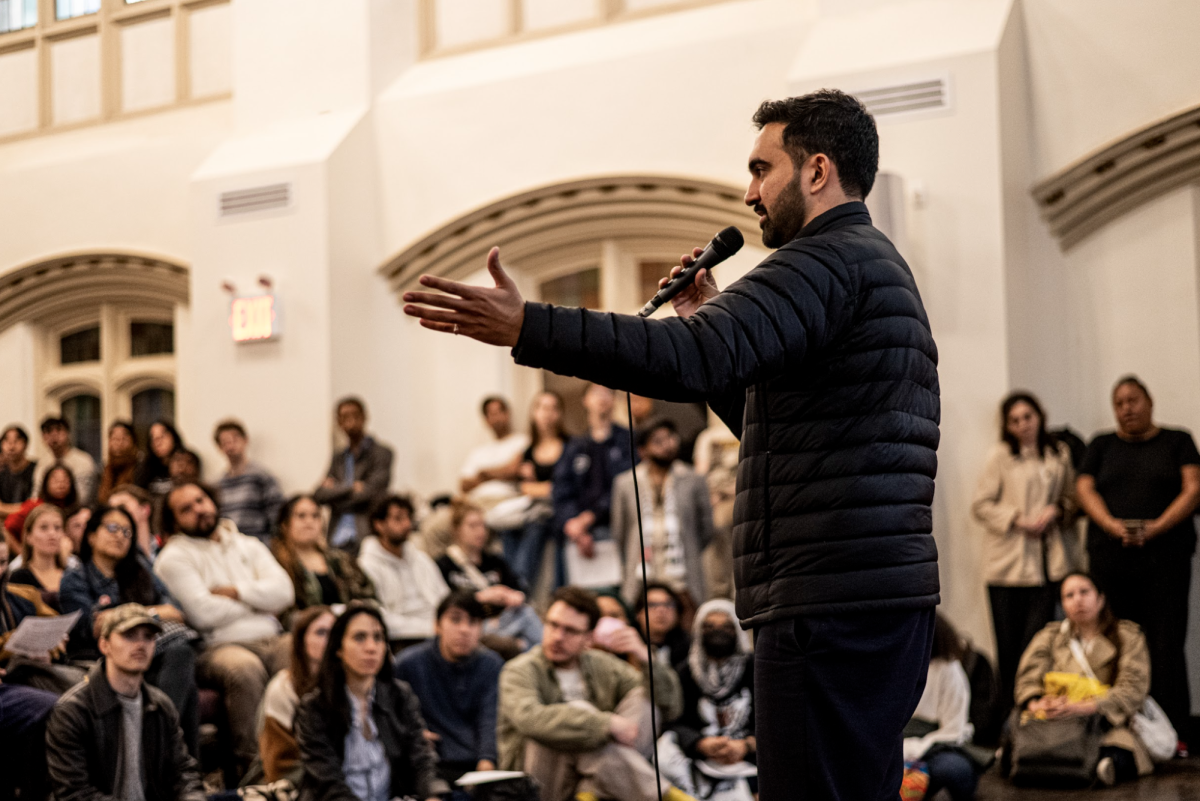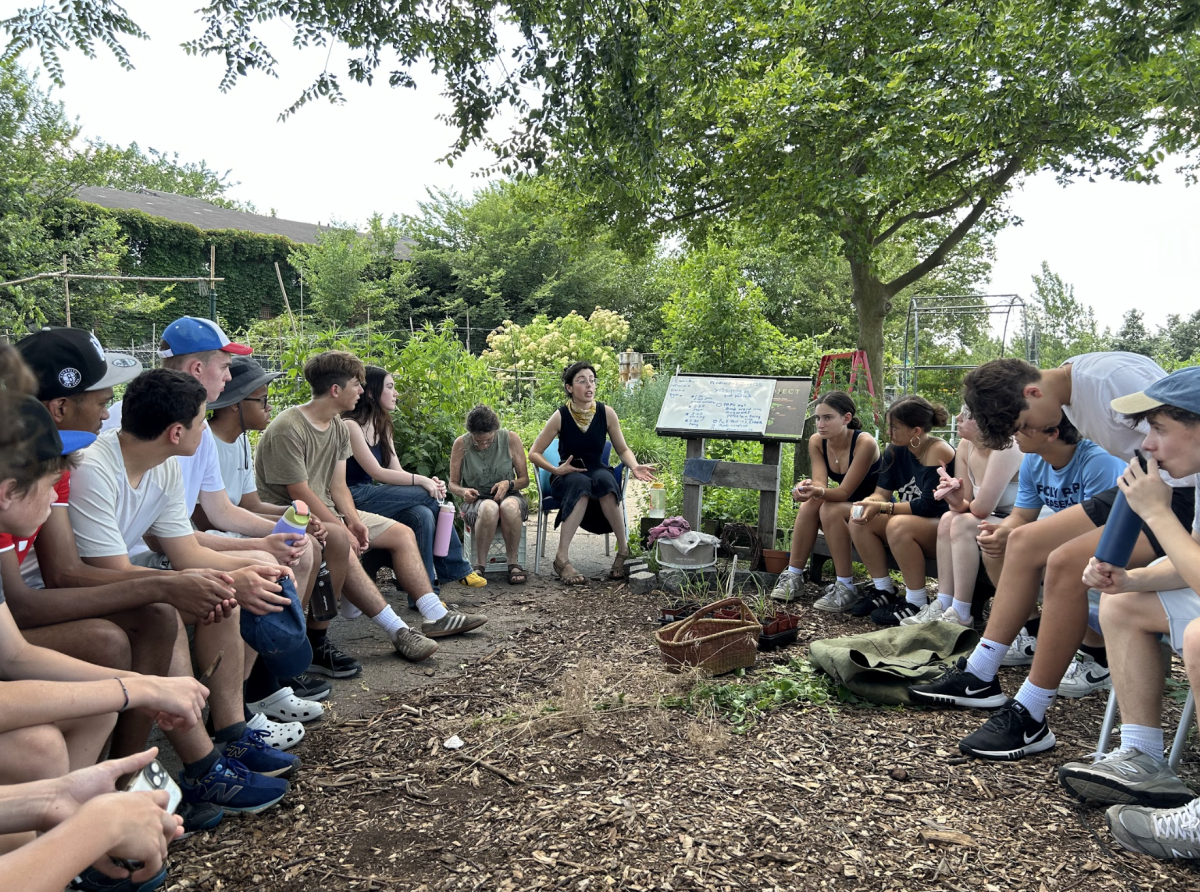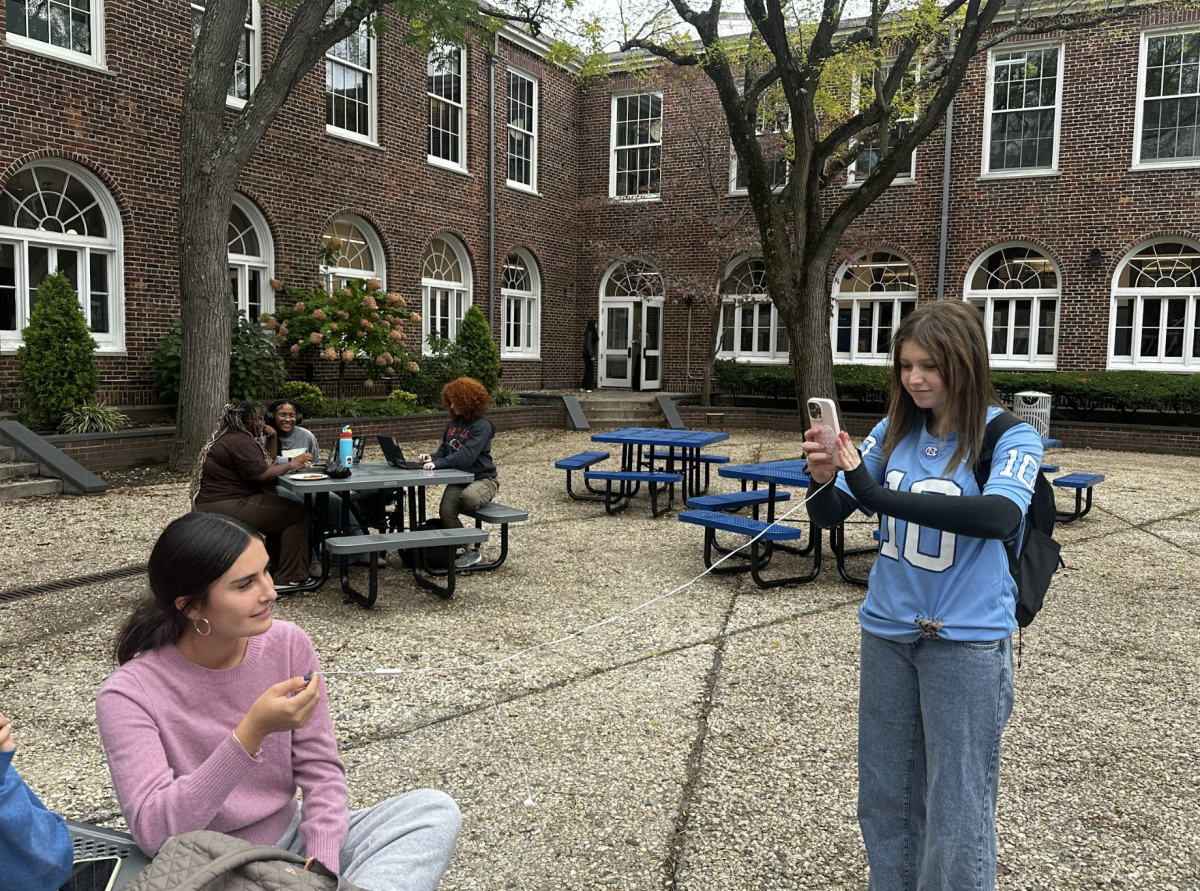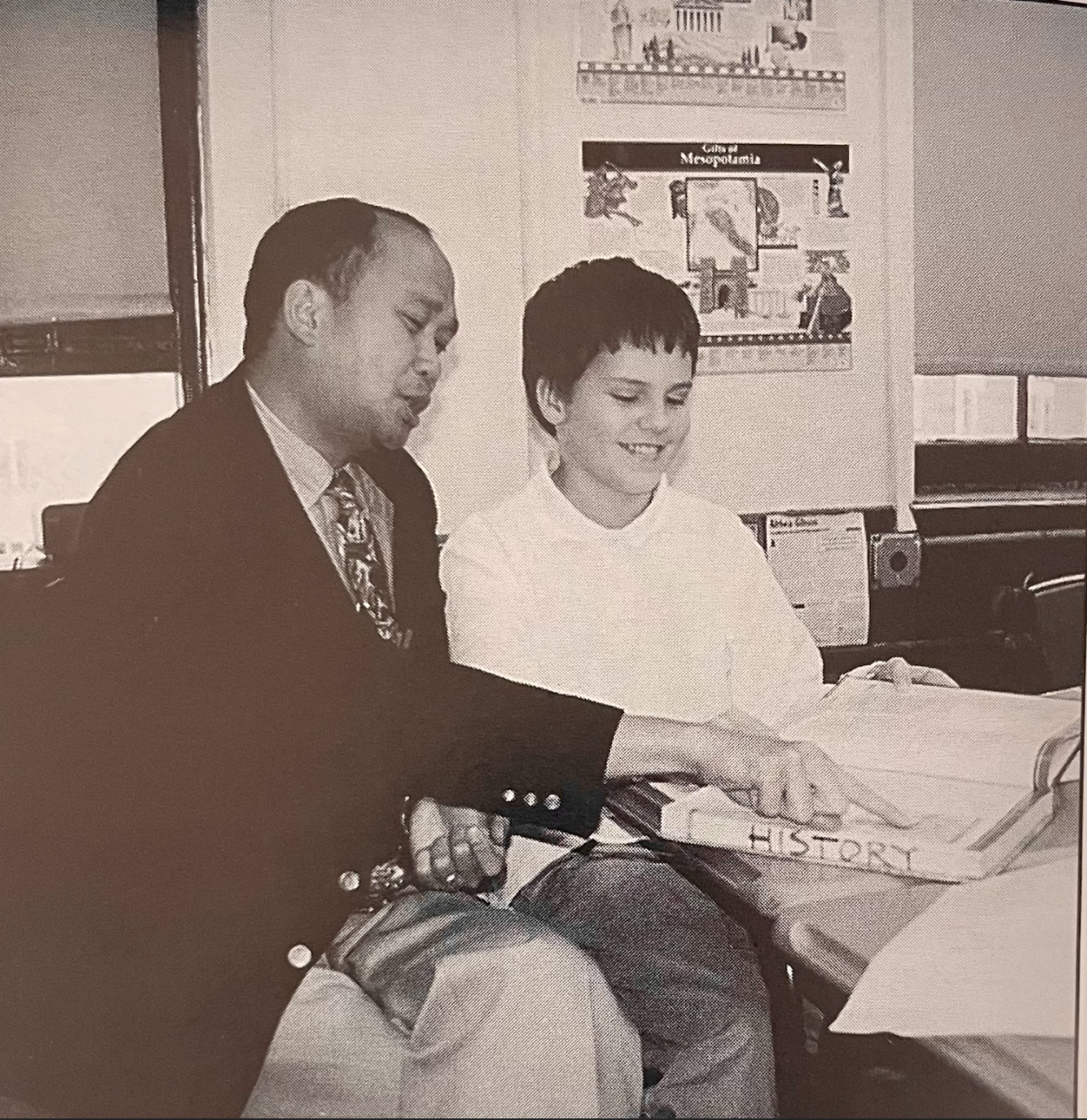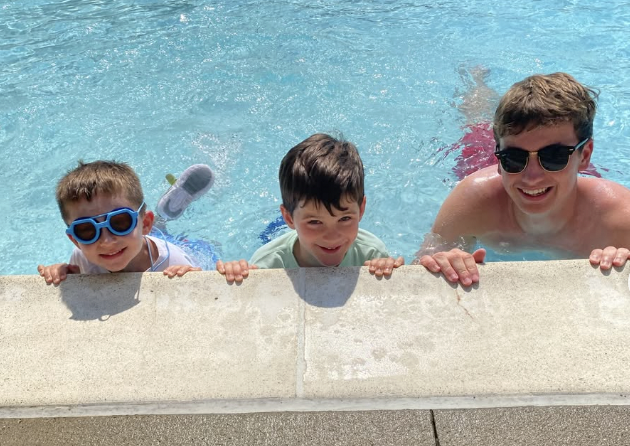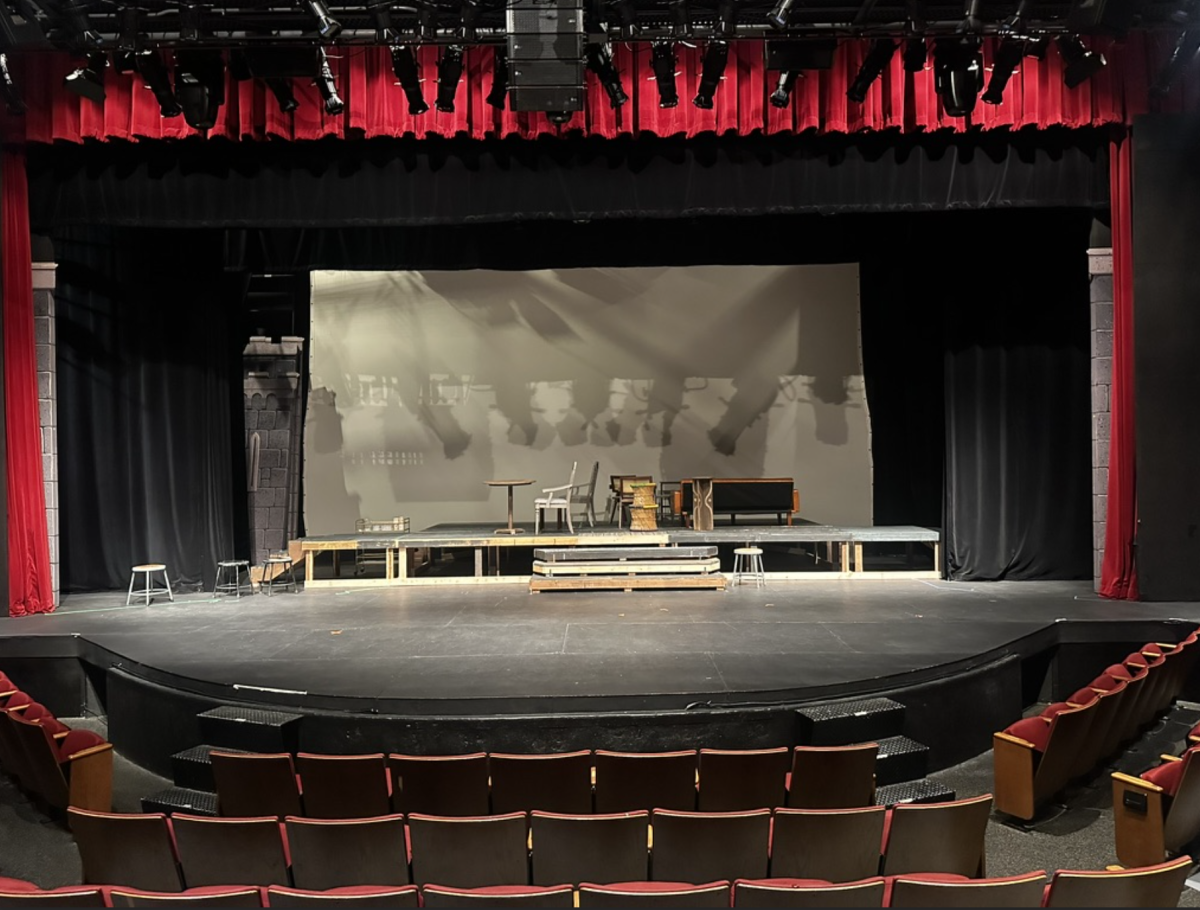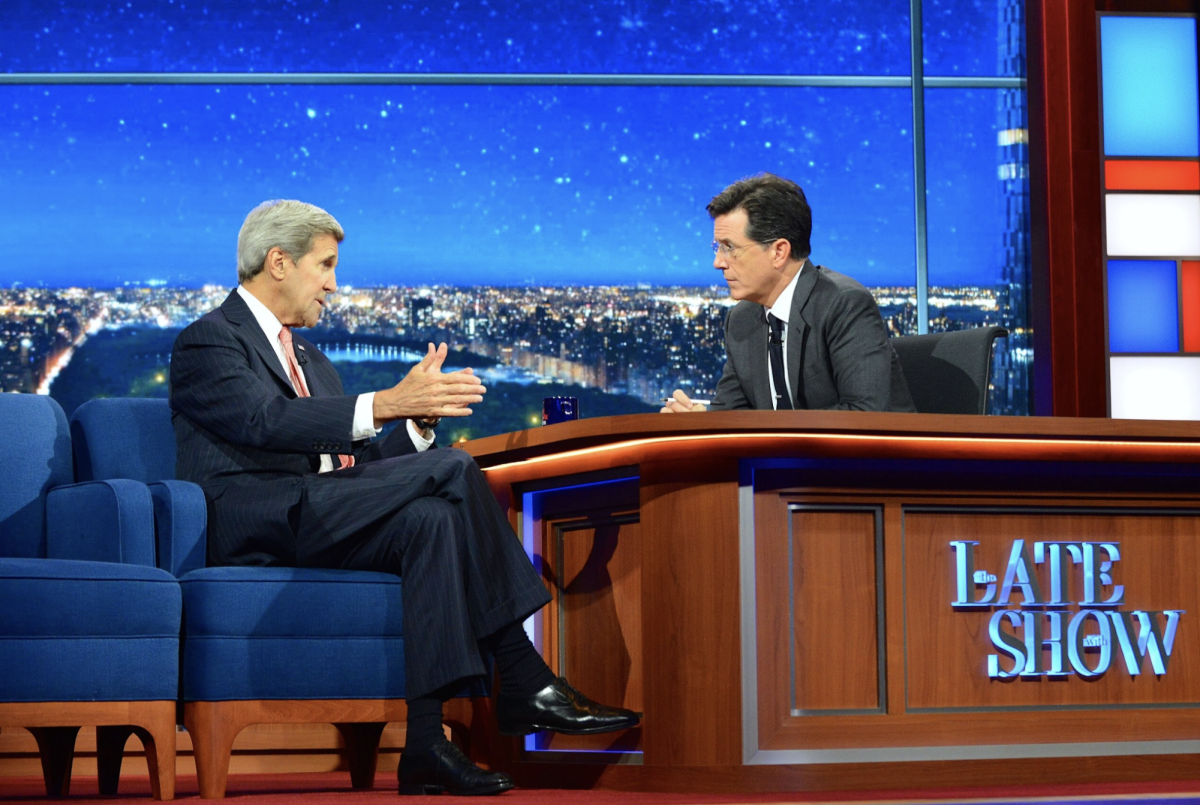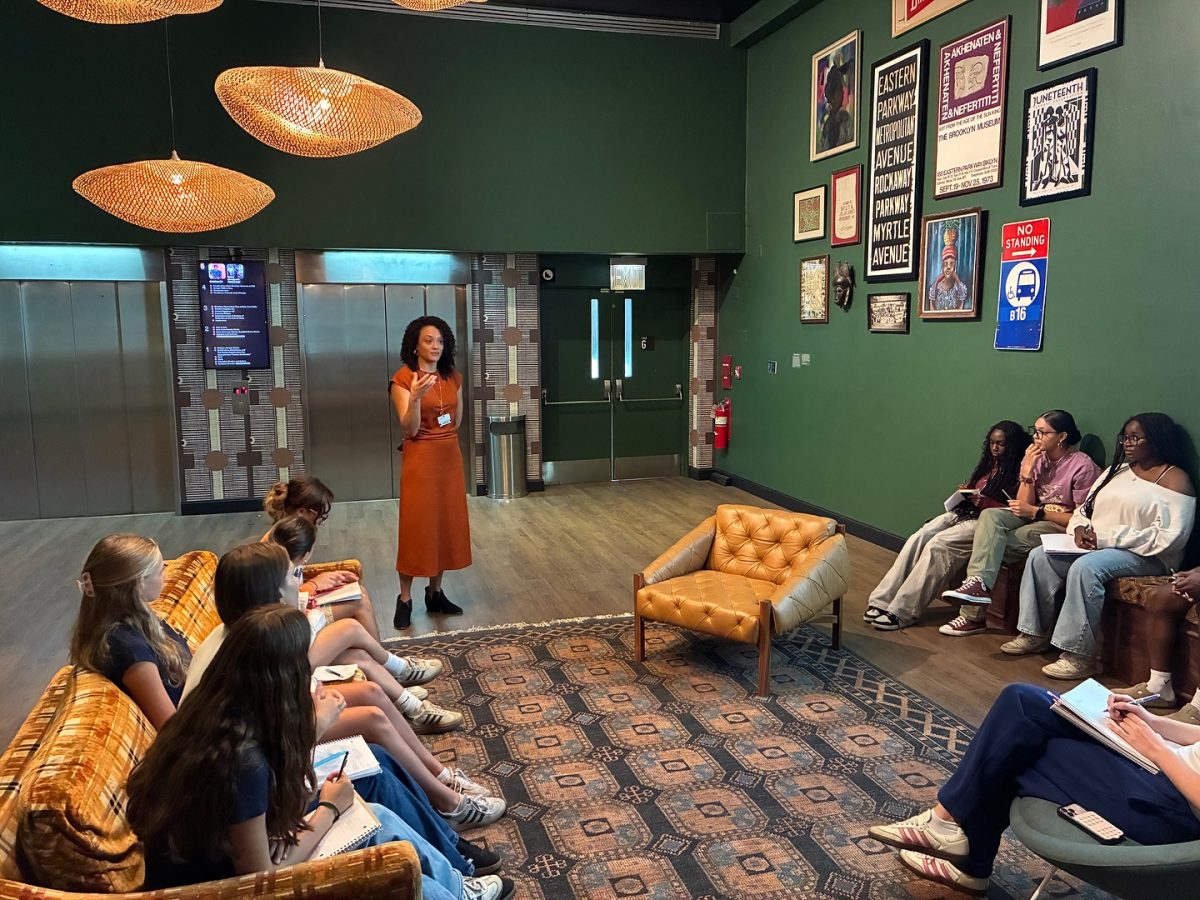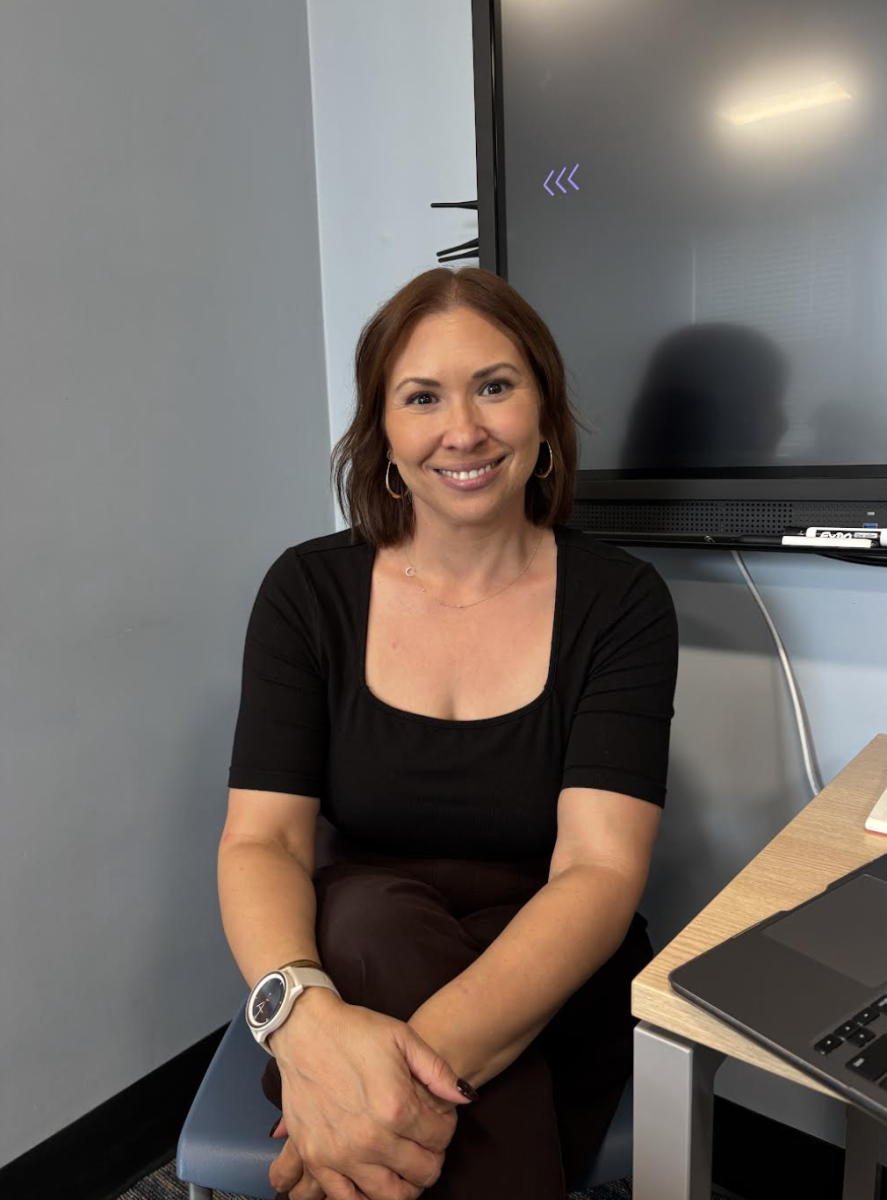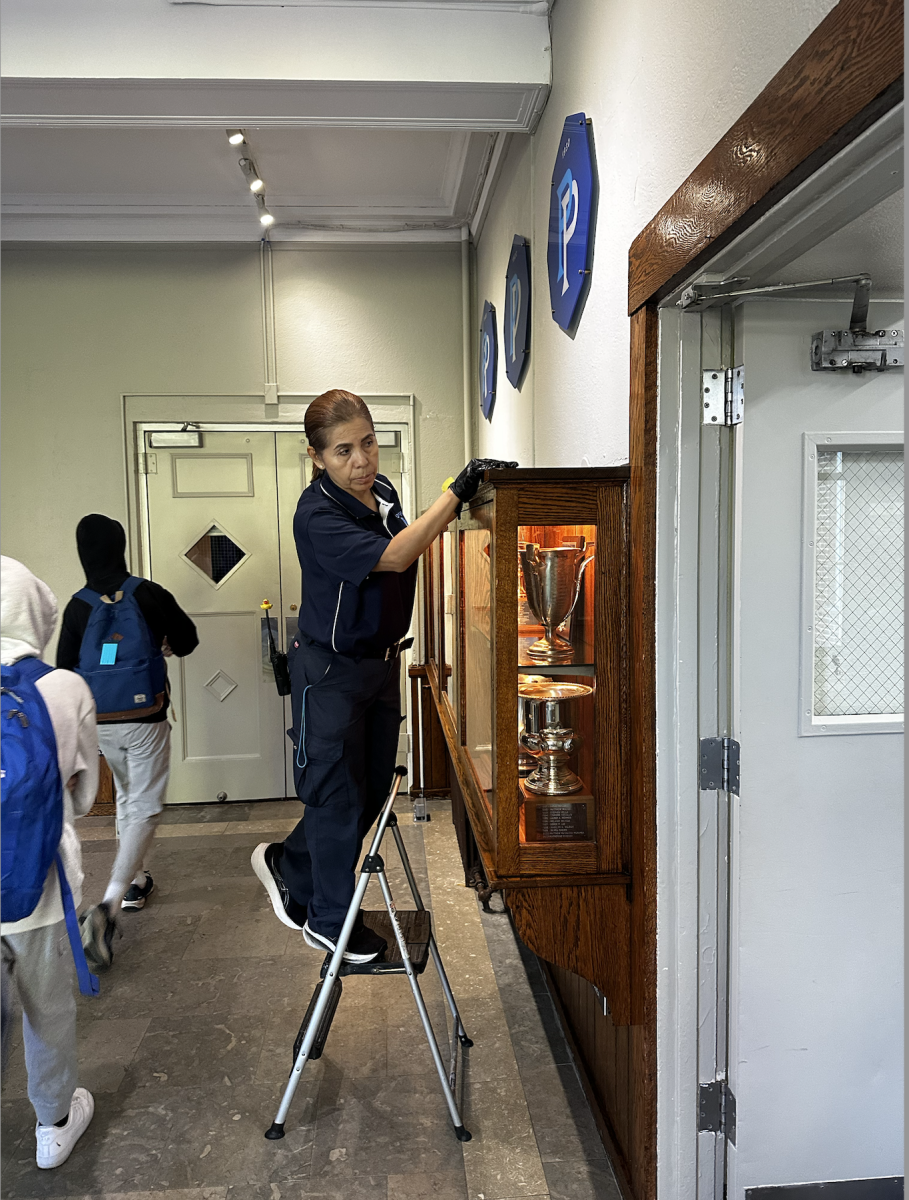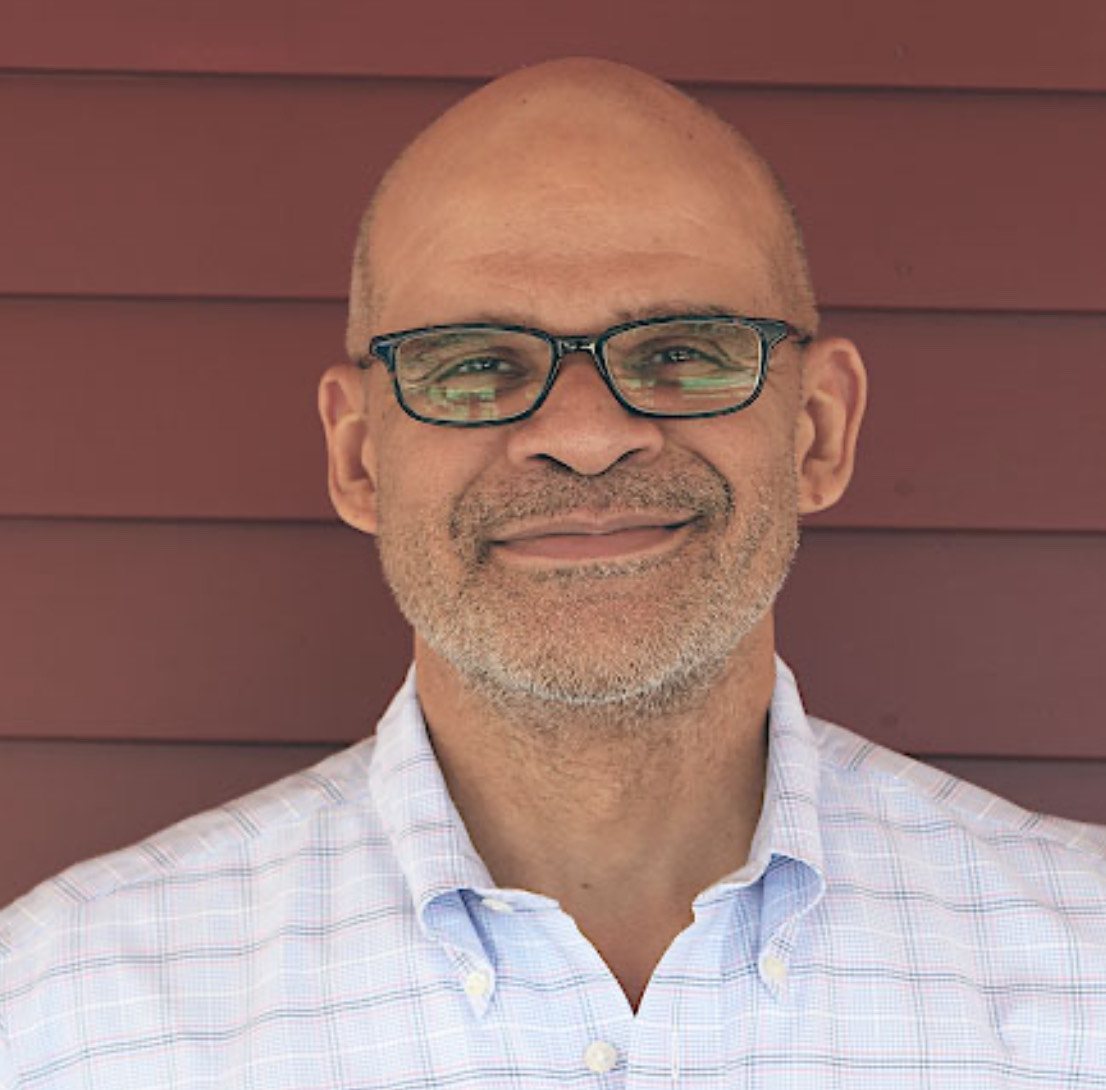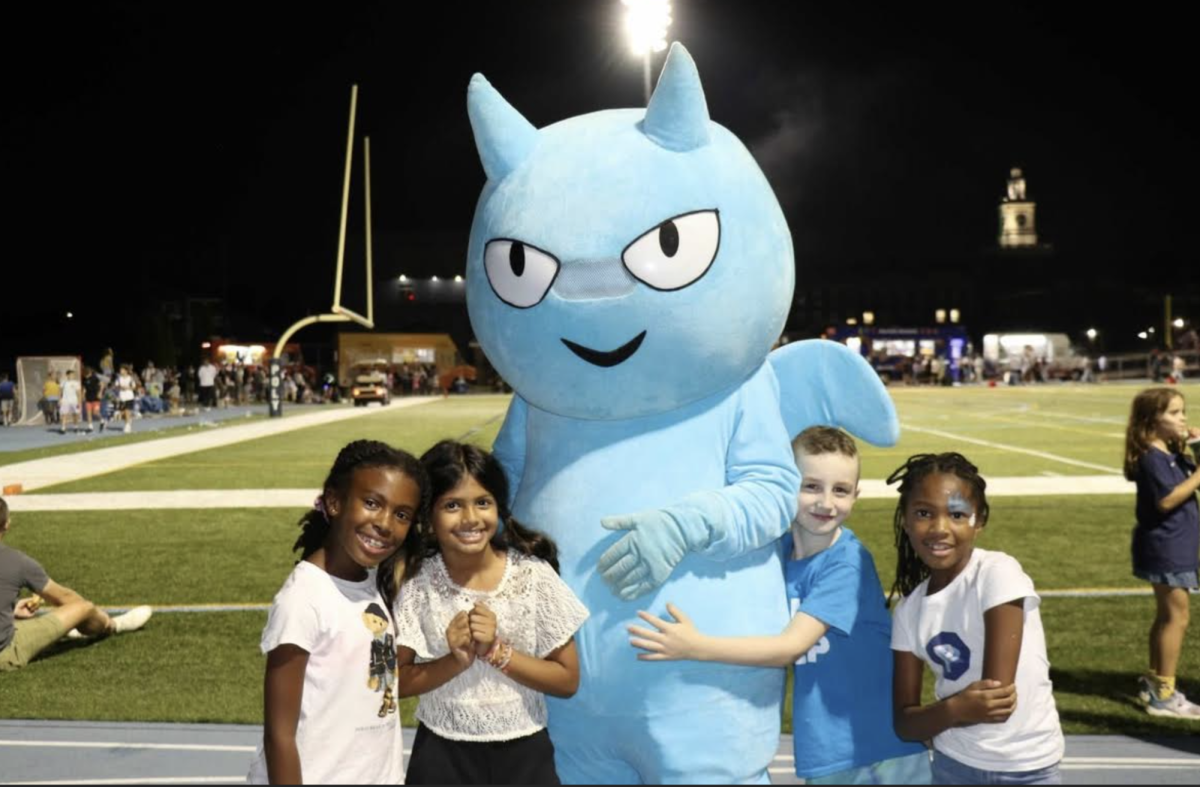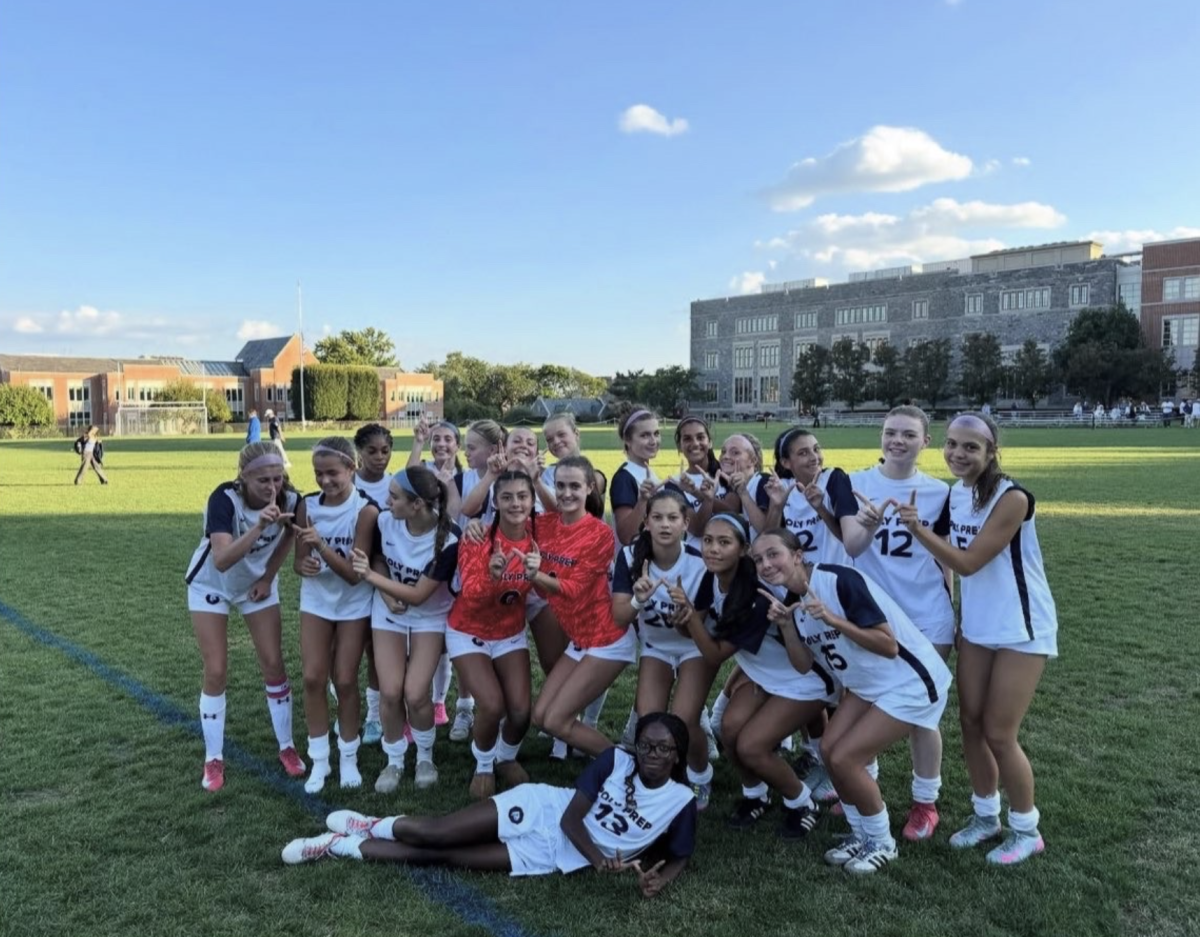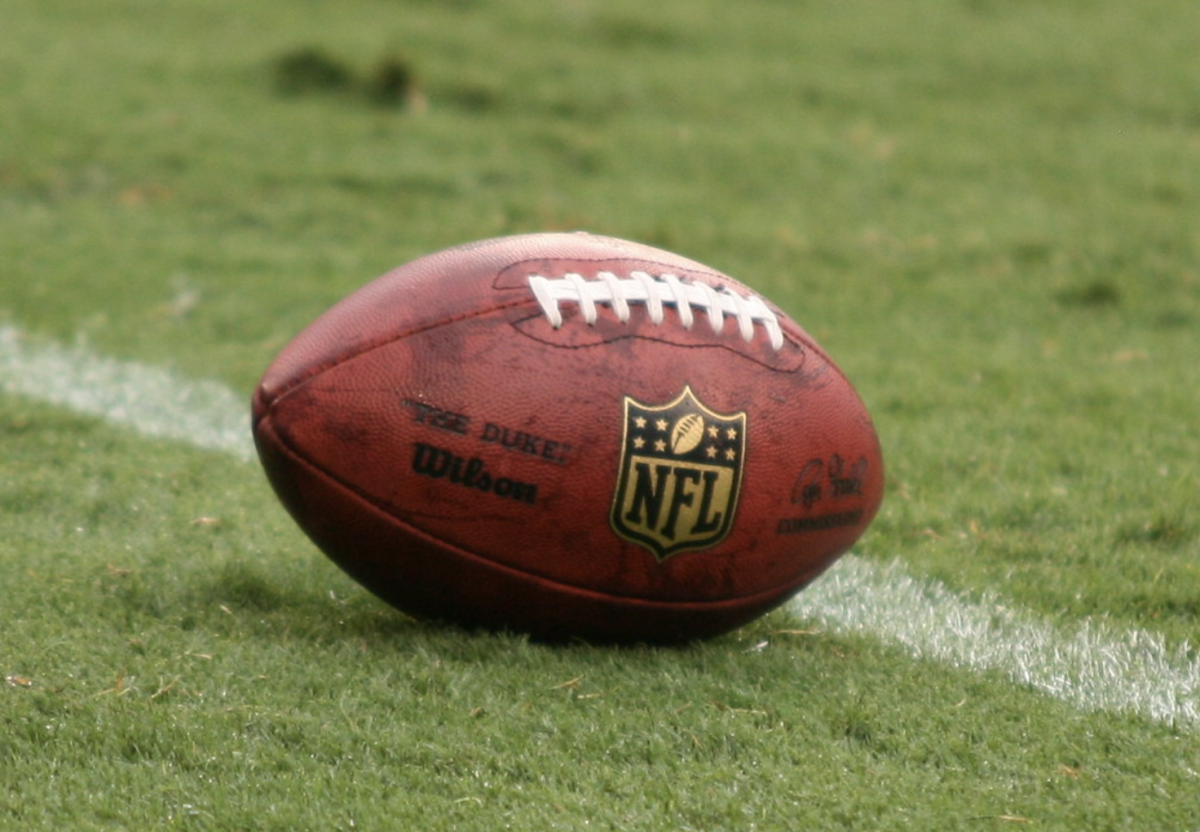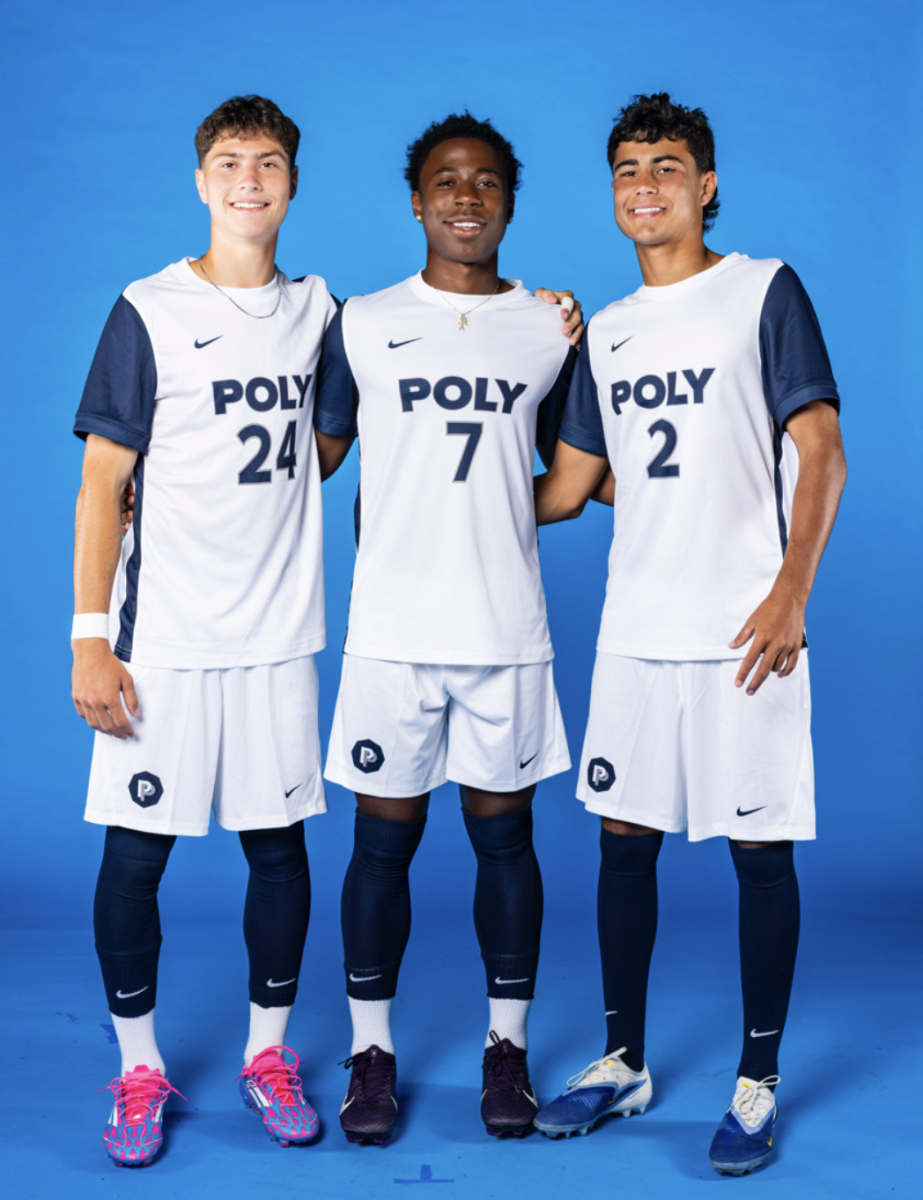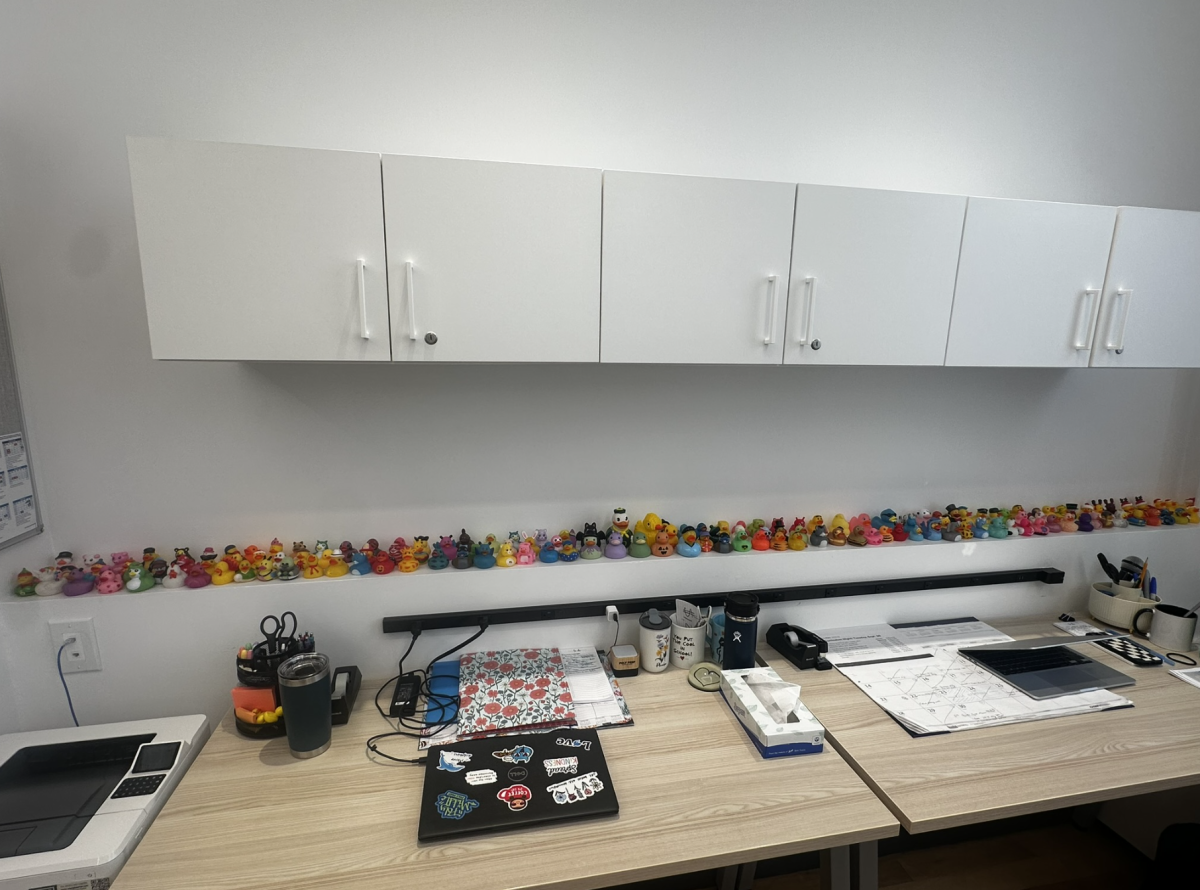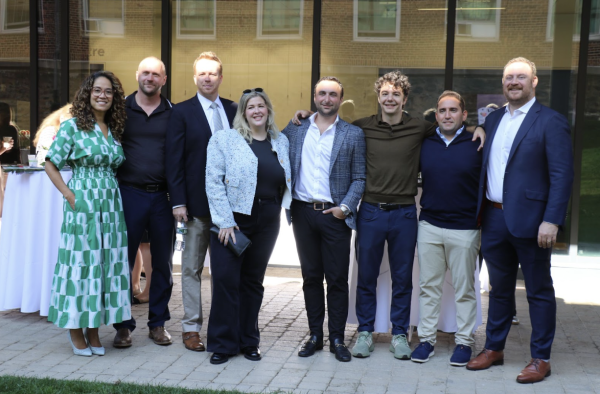Political Polarization
In a recent forum, students talk about the upcoming election and the partisan divide
On September 25th, Poly held its first virtual election forum, discussing the reasons for polarization across the country and within the school community
Head of the History Department, Margaret Moslander began by highlighting how the origins and consequences of the American two-party system create effective polarization, division not just in politics but also in social identity.
“This idea of polarization isn’t just motivated by disagreement in policy,” she said. “It certainly may be rooted in that, but that it is increased about dislike and distrust. We should think about to what extent are our party identifications really becoming a part of our identities, in ways that make it very difficult to have conversations across political parties.”
The United States has become seemingly more polarized as time progresses. Moslander shared a chart that displayed measurements of where Democrats and Republicans fell on a ten-item scale of political values in 1994. On a spectrum from consistently liberal to consistently conservative, the people in the middle of each party, by 2017, were almost 97% further away from each other than in 1994. This means that 95% of people that identify as Republicans are more conservative than the median Democrat, and 97% of Democrats are more liberal than the average Republican.
Moslander said, “If we are in a political system that requires compromise, and the American political system is one that very much requires compromise, having people who are farther apart in party identity is going to make that much more difficult.”
As the forum moved to an open discussion, senior Abby Meyer said, “When it comes to parties getting farther and farther apart at the point where there are fewer things to agree on, that has empirically led to less policy being passed in the government. I also think that there are societal impacts. It is really hard to find a middle ground between the people who have the same beliefs as you and the people that are so opposite that you don’t feel safe having those conversations.”
According to Moslander, party alignment has also increasingly become more of an issue over the past twenty years. When parents are asked about what identity would give them the most anxiety about the person that their child marries, the answer is now someone of the opposite party.
“That is something that we didn’t use to measure,” Moslander said. “Party identification was not a usual source of parental anxiety, that is a very new idea.”
Though many consider polarization problematic in contemporary society, Moslander highlighted the benefit of having clear political identities. “There was a real concern after World War II that too little polarization was problematic. The American Political Science Association was wringing its hands in September of 1950, saying that the parties aren’t different enough from each other, and if the parties aren’t different enough from each other then you are not giving voters meaningful choices.”
There is a value to having clear parties and policy preferences so that the act of voting is enhanced and given meaning; however, the point at which those parties become so distant that neither can speak to one another effectively undermines the United States as a political community. Finding the middle ground between having clear political parties that add purpose to the polls and having problematic polarization that prevents any compromise has become yet another challenge Americans need to face.
The rise of social media and the internet has also contributed to how deeply affective polarization is throughout America.
Junior Gabrielle Perry said, “In my generation, there is often a conception or understanding that being Republican, for example, is immediately associated with Trump. I feel like it differs with conversations in person, at least with conversations that I’ve had with New York Republicans, they aren’t necessarily associated with the Trump party. Over time, we have lost the sense of what it actually means to be Republican. We have immediately associated this idea of ‘Trumpism’ with Republicans, and this definitely intensive the level of polarization that we see today.”
Senior Abby Meyer said, “I think the contributor to this increased polarization is also increased education. It is so much easier as a teenager to gain access to different political perspectives now than it was for our parents. And I think that because of that, people are less likely to follow what their parents have taught them, or just sticking between the old party lines. I think that that has allowed for more mobilization on both sides because people are able to form their own opinions.”
In response to Meyer, senior Makeida Mackenzie said, “The fact that social media is here, and we’re so connected all of the time, we always know about what’s going on in the world. Since 2000, world strategies have just become everyone’s strategies which can make it really hard. When people are confused or are emotionally overwhelmed, they are more likely to go to one of the two sides and become more radical because the middle is associated with chaos. So, I think that because of how much we are becoming aware of everyone’s problems and social crises, we are also becoming more polarized.”
The concept of social media allowing for deeper engagement in political conversations but also making many susceptible to performative activism highlights the complexities of how polarization has manifested itself in modern society. The challenge that Poly students face is not how they can eliminate it completely, but how can they foster healthy polarization within their community.

Honor Seares '21 is currently one of the Editors in Chief for the Polygon. She started writing during her freshman year and then earned editorial positions...



